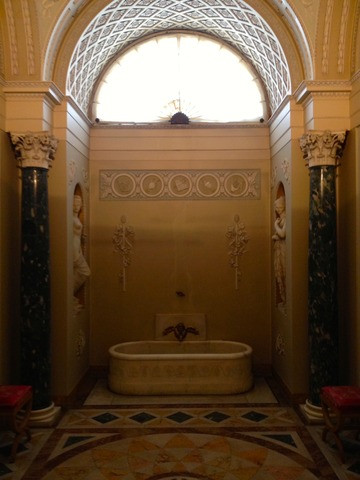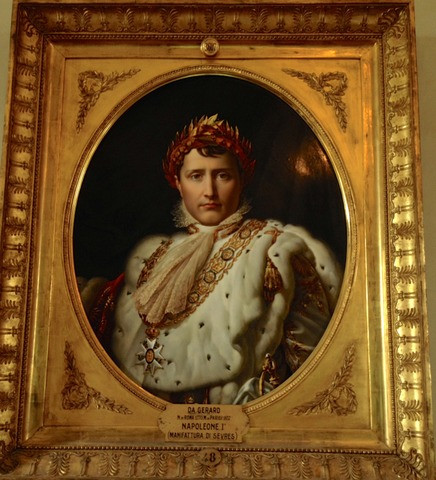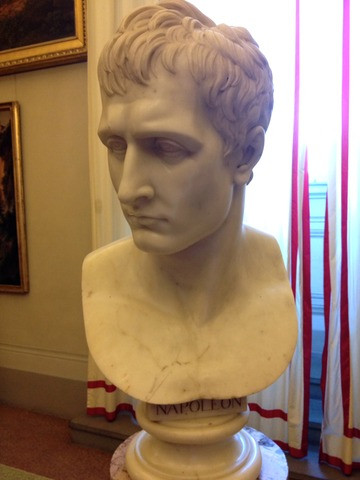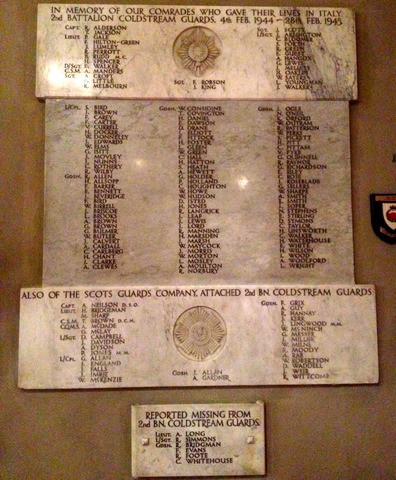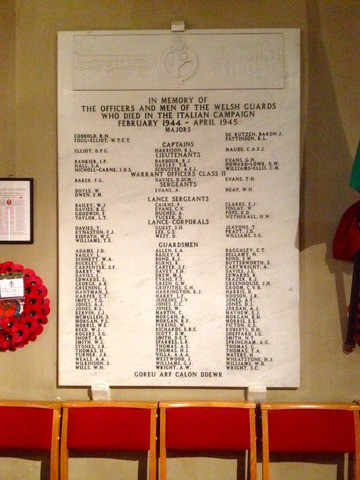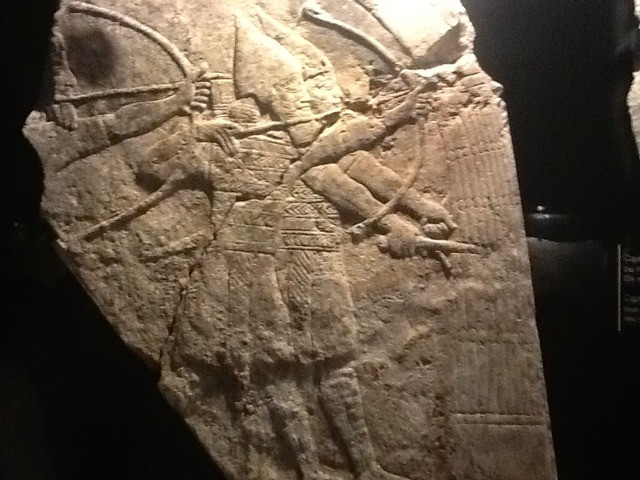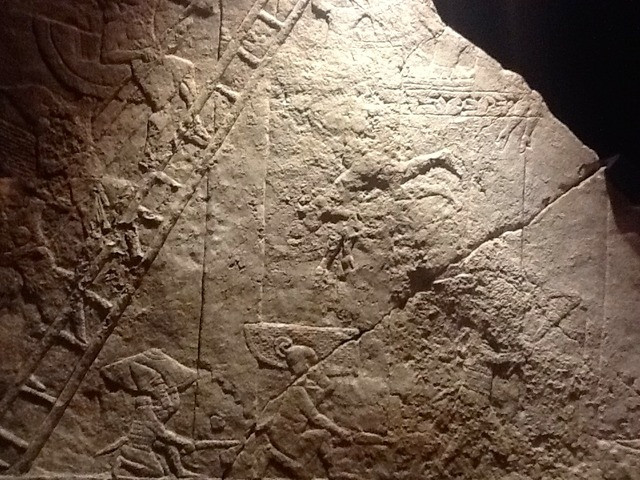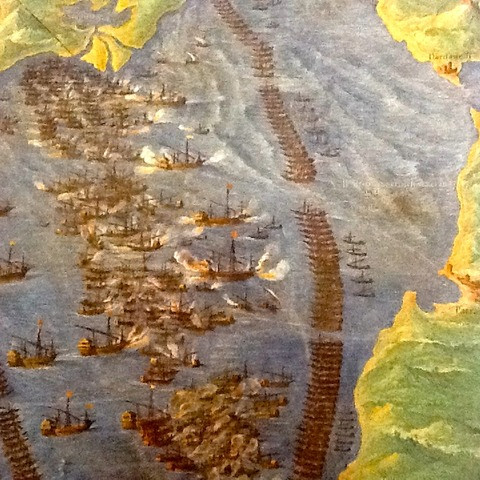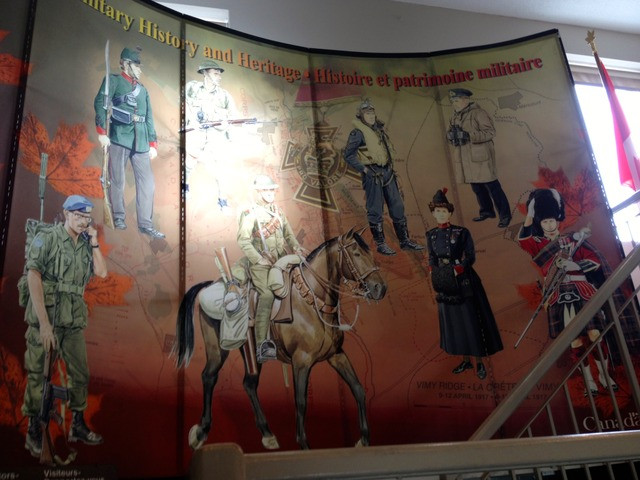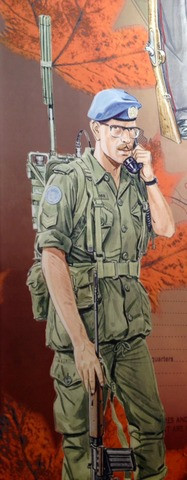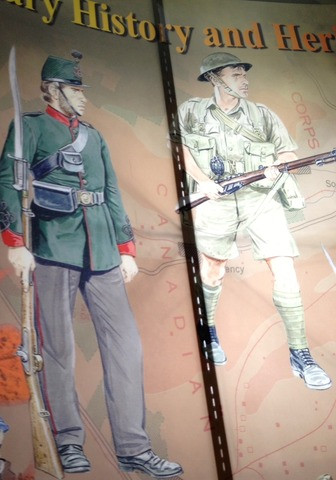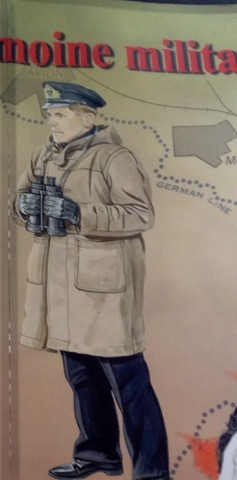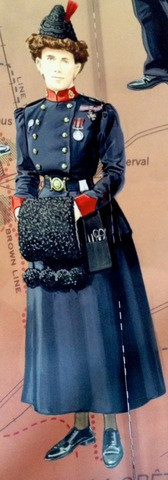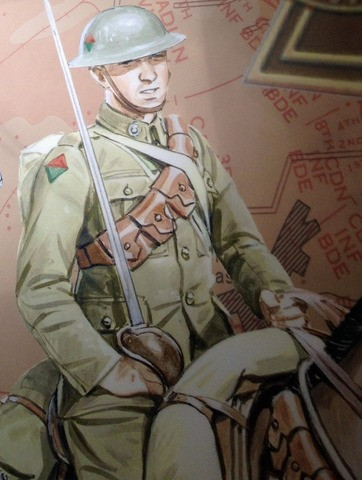Recently I did several posts here describing my new interest in WW2 naval wargaming, and how I picked the 1939 Battle of the River Plate as my entry point.
I was quite interested today to read this evaluation of the British performance in the battle, which naval historian Alan Zimm argues was much less impressive than the myth making and propaganda that arose after the battle. Much of the propaganda told the story of an inferior force defeating a German monster, when in fact the RN ships had a significant advantage due to their much higher rates of fire.
Zimm finds several faults with Commodore Harwood's conduct of the fight, including:
1) sending in Exeter for a one on one fight with Graf Spee, leaving her unsupported by the light cruisers Achilles and Ajax, pursuant to an RN doctrine called flank marking, which assumed that one ship could observe and correct the fire of friendly ships attacking from a different angle;
2) over reliance on pre-war simulations which assumed a much higher RN accuracy of fire than Harwood's light cruisers actually achieved;
3) general mishandling of information, particularly a decision to abort when he was told that he only had 20% ammunition remaining. In fact, this report was only for one of Ajax's turrets, whereas Ajax and Achilles still had more than enough shells remaining to finish the fight. By the time Harwood broke off, his light cruisers were at 8000 yards and closing, and were finally achieving multiple hits, which seriously degraded Graf Spee's gunnery. Zimm believes that Harwood could have won the fight had he remained.
It's all a bit academic, as Graf Spee of course scuttled herself in Montevideo and the British got a huge boost, making up for the RN's poor showing thus far in the war. Whether you agree or disagree with Zimm, his point about how wargaming led the RN to develop faulty gunnery doctrines, based on false assumptions about accuracy at long range, is interesting.
Cheers, MP+



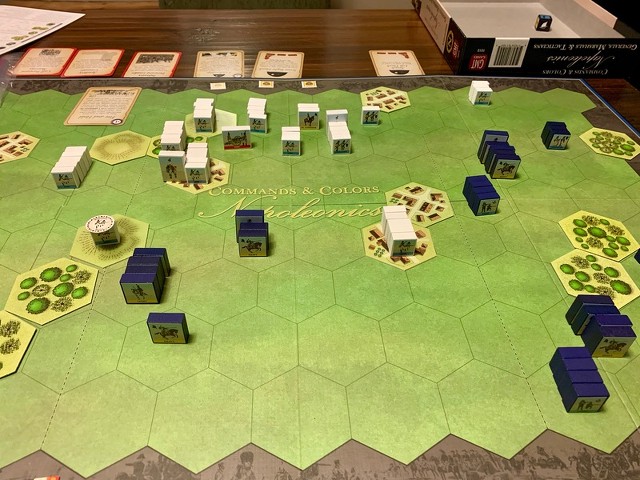
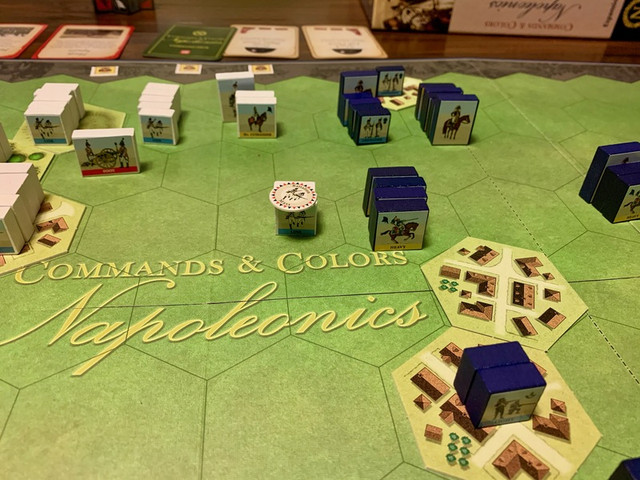


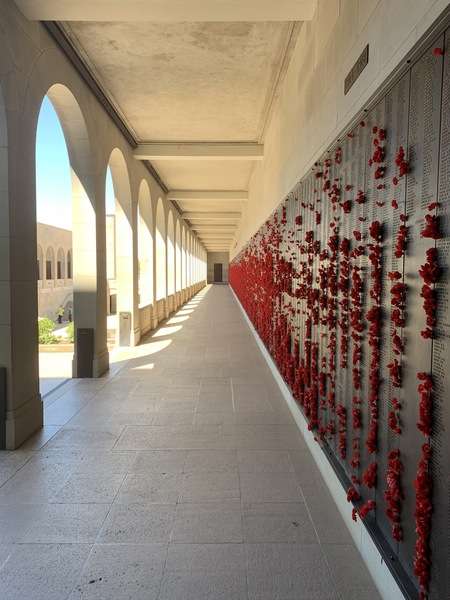
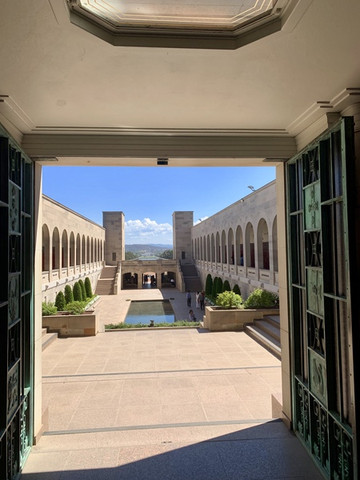
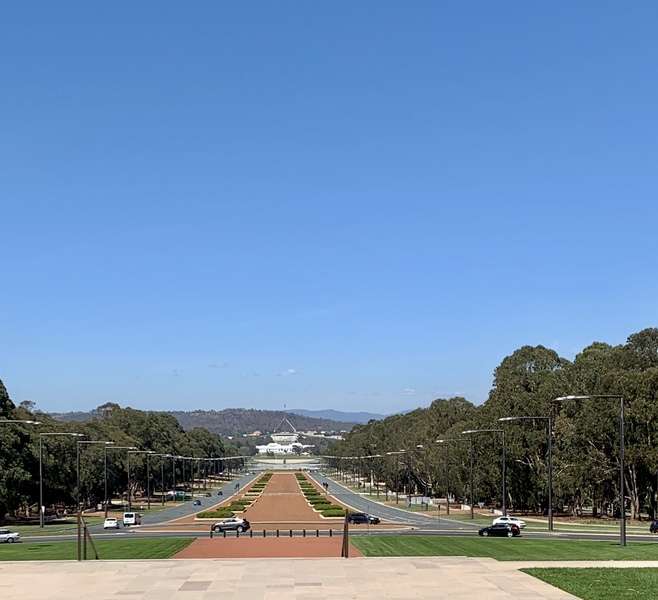
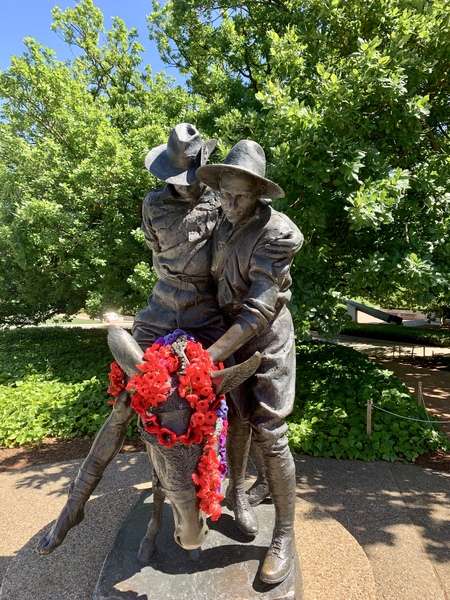




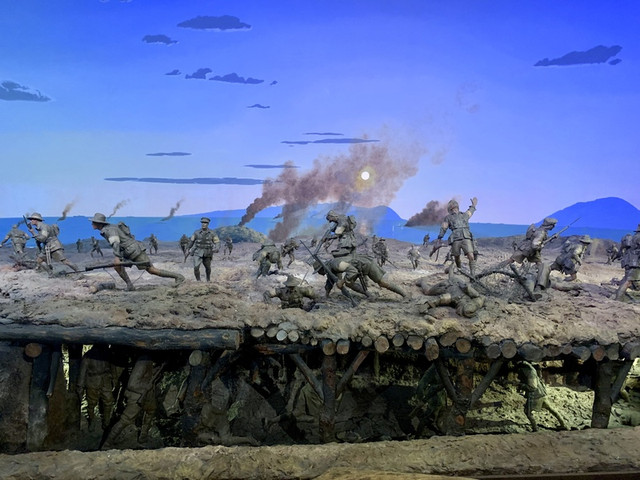
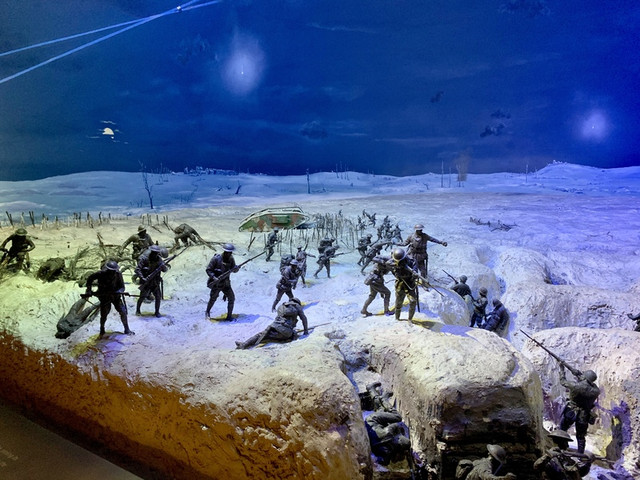
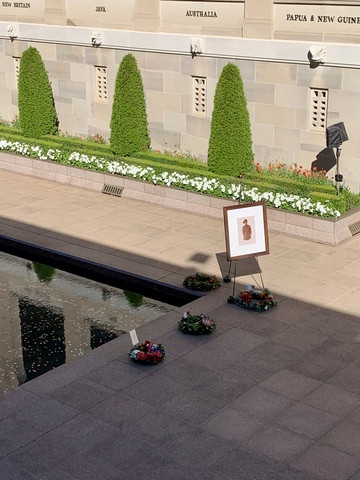

.jpg)


